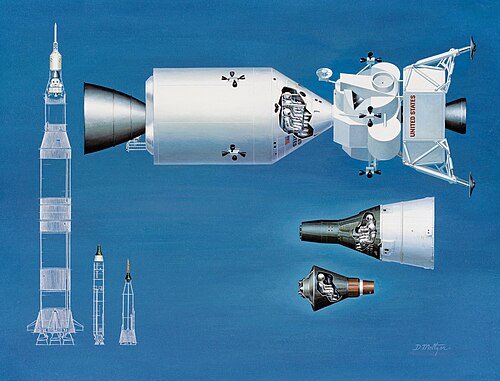Project Mercury was the first human-spaceflight program of the United States, running from 1958 through 1963. It was one of the first projects of NASA, which was created as a response to the Soviet Union's 1957 launch of Sputnik 1, the first satellite in Earth orbit. The program's goals were to orbit a crewed spacecraft around Earth, investigate the pilot's ability to function in space, and to recover both pilot and spacecraft safely. The Soviet Union won the race to put the first human into orbit when Yuri Gagarin traveled in Vostok 1 in 1961, while the US launched its first astronaut on a suborbital flight in the same year, and achieved crewed orbital flight in 1962 when John Glenn made three orbits around the Earth. The Mercury project's missions were followed by millions on radio and television around the world, and it laid the groundwork for Project Gemini, which carried two astronauts in each capsule and perfected space docking maneuvers essential for crewed lunar landings in the subsequent Apollo program, announced a few weeks after the first crewed Mercury flight. This NASA illustration compares the relative sizes and launch positions of the spacecraft and rockets of Project Mercury (small) with those of Gemini (medium) and Apollo (large).Illustration credit: Davis Paul Meltzer

